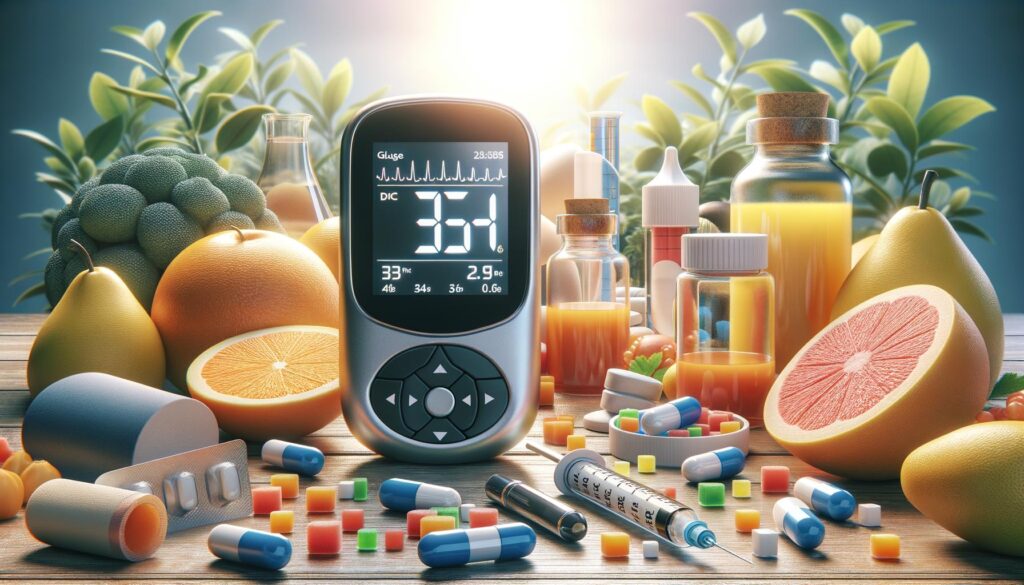Understanding Glucose Monitoring: Enhancing Health and Well-being

The Importance of Glucose Monitoring
Effective glucose monitoring plays a pivotal role in managing diabetes, a chronic condition affecting millions worldwide. Regular checks on glucose levels enable individuals to understand how their diet, exercise, and medication influence their blood sugar. This knowledge empowers them to make informed decisions about their lifestyle and treatments. With consistent monitoring, people can prevent or delay complications associated with diabetes, such as cardiovascular diseases, nerve damage, and kidney issues. Thus, maintaining optimal glucose levels is not solely for those with diabetes but is also beneficial for those looking to enhance their general health.
Methods of Glucose Monitoring
Glucose monitoring has evolved significantly, offering various methods to suit individual needs and preferences. Traditional methods include:
- Fingerstick blood glucose monitoring: Involves pricking the finger to obtain a blood sample, usually done multiple times a day.
- Continuous glucose monitoring (CGM): Uses a sensor placed under the skin to continuously track glucose levels throughout the day and night.
These methods differ in their approach and technology but share the goal of providing accurate readings to assist in managing blood sugar levels effectively. For many individuals, CGM has become a preferred choice as it offers real-time data, fat insights, and the convenience of less invasive monitoring.
Technology’s Role in Glucose Monitoring
Technological advancements have revolutionized glucose monitoring, making it more accessible and convenient. Some innovations in this field include:
- Integration with smartphone apps: Allows people to track their glucose trends, assess daily patterns, and share data with healthcare providers.
- Non-invasive monitoring devices: These are currently under development and promise a future where blood glucose levels might be monitored without pricking the skin.
Technology not only simplifies the process but also enhances the accuracy and reliability of glucose monitoring, encouraging users to be more engaged in their health management.
Choosing the Right Monitoring Method
Selecting an appropriate glucose monitoring method should be a personal decision, influenced by factors such as lifestyle, comfort level, and healthcare provider guidance. Here are some considerations:
- Frequency of monitoring: Some may require frequent checks, making continuous monitoring a convenient choice.
- Cost: While CGM sensors can be costly, they often provide comprehensive data that is invaluable for long-term health improvement.
By assessing these aspects, individuals can choose a glucose monitoring method that fits seamlessly into their daily routines, thus making it easier to maintain optimal health outcomes.
Conclusion: Embracing Glucose Monitoring Practices
In conclusion, glucose monitoring is a vital aspect of health management for those with diabetes and others interested in maintaining a balanced lifestyle. As technology continues to advance, more people have access to user-friendly and effective monitoring solutions. By understanding the importance of regular glucose checks and choosing the appropriate tools, individuals can better regulate their health and prevent complications associated with improper glucose levels. Embracing these practices not only improves one’s physical well-being but also contributes to overall quality of life.
